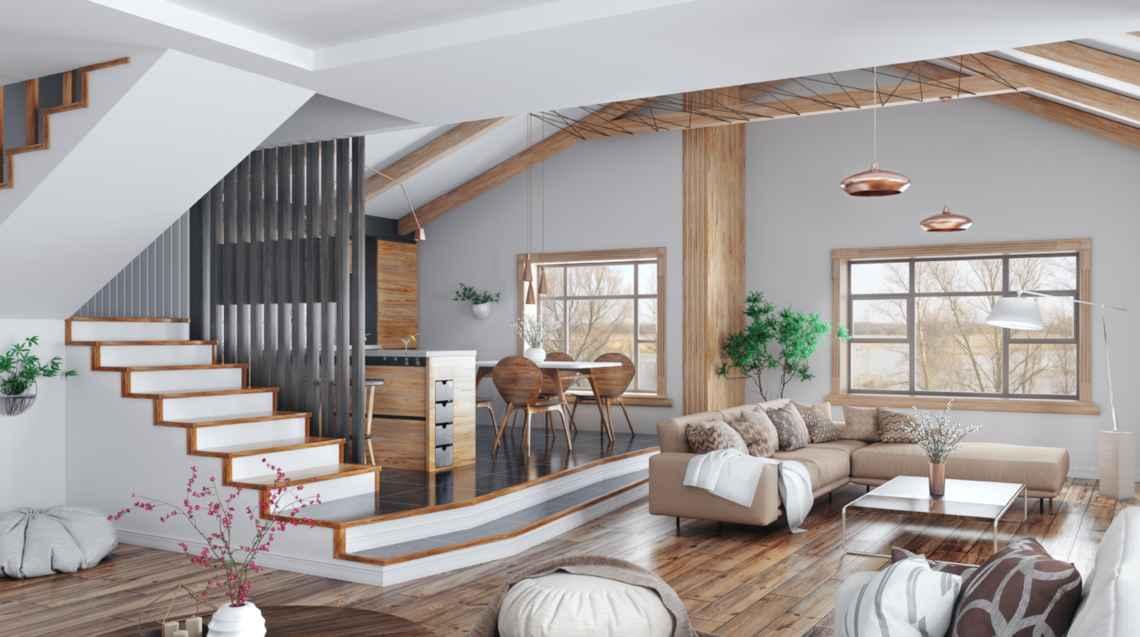Spring is associated with spring cleaning, but it’s a lot more fun and much more rewarding to refresh your space with a fresh paint job. Picture this: you’re excited to start a new project painting a room in your house. It’s Saturday morning, you have your coffee and are ready to look at the colour swatches you picked up last night at your local paint store. Reviewing them, they seem different, not like they were in the paint store. Now you don’t like any of them! Confused, you thought this was the colour you wanted and now you think you’ll have to visit the store again.
Sound familiar? If so, you are not alone! After twenty years experience in Interior Design, I can honestly say I have heard this time and time again from clients. I fully understand the struggle and there is a solution. Are you ready to learn my time tested formula?
This method allows me to magically choose colours that my clients absolutely love, every single time. If you want to save time, prevent frustration and more importantly, choose the best colours for your space, then you need to pay close attention. First, let us consider the following ideas:
-
Colours reflect who you are as a person, couple or family
-
Colours set the mood of a space
-
People respond to colour groupings in a similar way
STEP #1 – Decide on the mood you’re trying to create for your space.
Here is a list of moods we might want to embrace:
Lively
Positive
Fun
Feminine
Cozy
Welcoming
Sunny
Sophisticated
Tranquil
Balanced
Stimulating
STEP #2 – consider using the physical location of your space to advantage.
-
Rooms that are facing north will receive less sunlight than the ones that face south
-
Perhaps a view from your space overlooks a creek, wooded area or something nice so think of how the physical location can complement the mood you’re going for.
Once you’ve decided what mood you are seeking, let’s talk about colour: primary colours are red, yellow, and blue. These are your starting points. These colours always pair up to a mood. For example, blue can be a calm and tranquil colour whereas yellow can be a happy and cheery. Red is the colour that sets the mood for eating, so it’s great for a dining room. Actually it makes you eat more and that’s why it is used in a lot of restaurants. This is all subjective of course, so it’s up to you to choose one you think best matches the mood you are seeking to achieve.
Next, the ‘Colour Value’ indicates how light or dark a colour is.
-
By adding black to a colour, you create a “shade” of that colour.
-
Adding white to a colour makes what we call that a “tint.”
Basic Rules to follow
-
Darker values of colour should be chosen for the ground level
-
Medium values of colour for the walls
-
Light values of colour for the ceiling.
-
Take into consideration the colour of your flooring or carpet as part of your colour pallet
-
When collecting colour palettes or “swatches” look at the darkest colour on it. If you like that colour, you’ll love the rest of them too!
Step #3
Pick a colour from the colour wheel that you think represents the mood you want to set. This will be the foundation to develop your colour scheme
Step #4
Select a colour scheme! There a number of colour schemes to consider: analogous, split complementary, triadic (meaning relating to or comprising a set of three colours), and monochromatic. For the latter you can choose any colour you prefer, in this instance I’ll choose grey. I want my space to be restful, calm and serene. Grey has been a really hot choice lately. Monochromatic schemes can be one the most successful options, but can end up looking a bit boring so you may need to add interest by using shapes, textures and accessories. An example of this would be using a darker grey on the carpet maybe a shag or fun fur (for the texture), followed by the walls in a paler shade, with the sofa being a mid gray: lighter than the carpet but darker than the walls followed by your window treatments in a shimmery grey with darker accents throughout the fabric. This approach allows you to keep your trim and ceiling white. Most of the time, this type of scheme leaves the room feeling pleasant and restful and provides the calming effect I wanted to achieve.
Another option is the analogous scheme: two or three colours that are near each other on the colour wheel. For example, let’s say the main colour is yellow, then yellow-green and then green. All have yellow in them. For this space I would like to create a place of energy: one where I can get things done promptly, so it would be a perfect colour scheme for a laundry room. Using white tiles (a non-colour) with pale green on the walls, you can complement that with a bunch of yellow flowers, or a yellow vase or pottery, then green towels. This would make for a pleasing crisp, clean room: a place for getting things done. I have achieved my goal. Laundry can be fun, if you have a great place to work.
Having a clear idea of the mood you’re trying to create and selecting matching colours minimizes your options and leads to the best solution. Even though you might not have made the final decision at this point, you should be left with a smaller and more considered list of colours!



